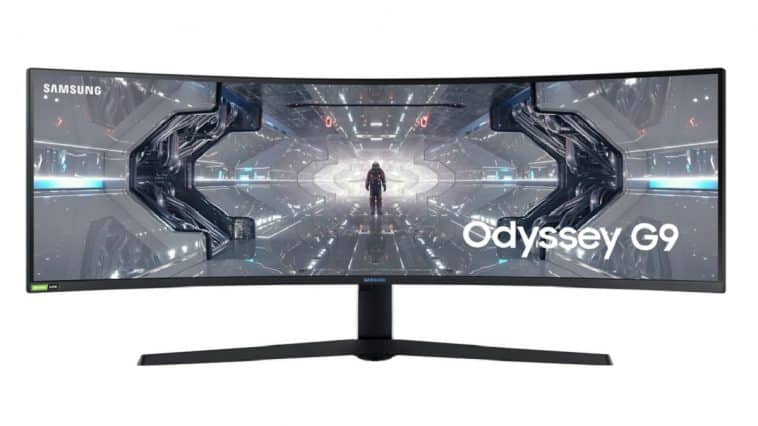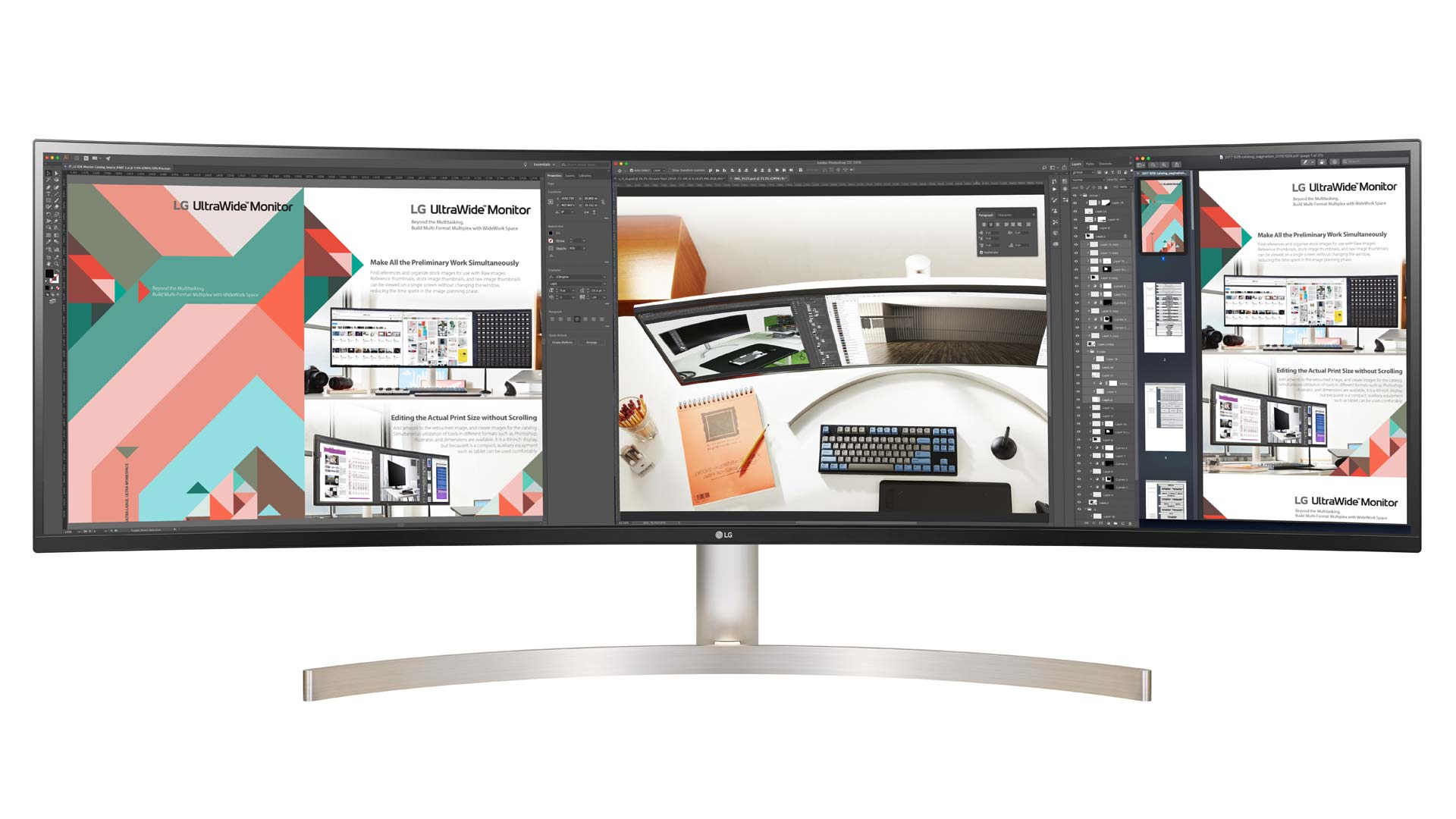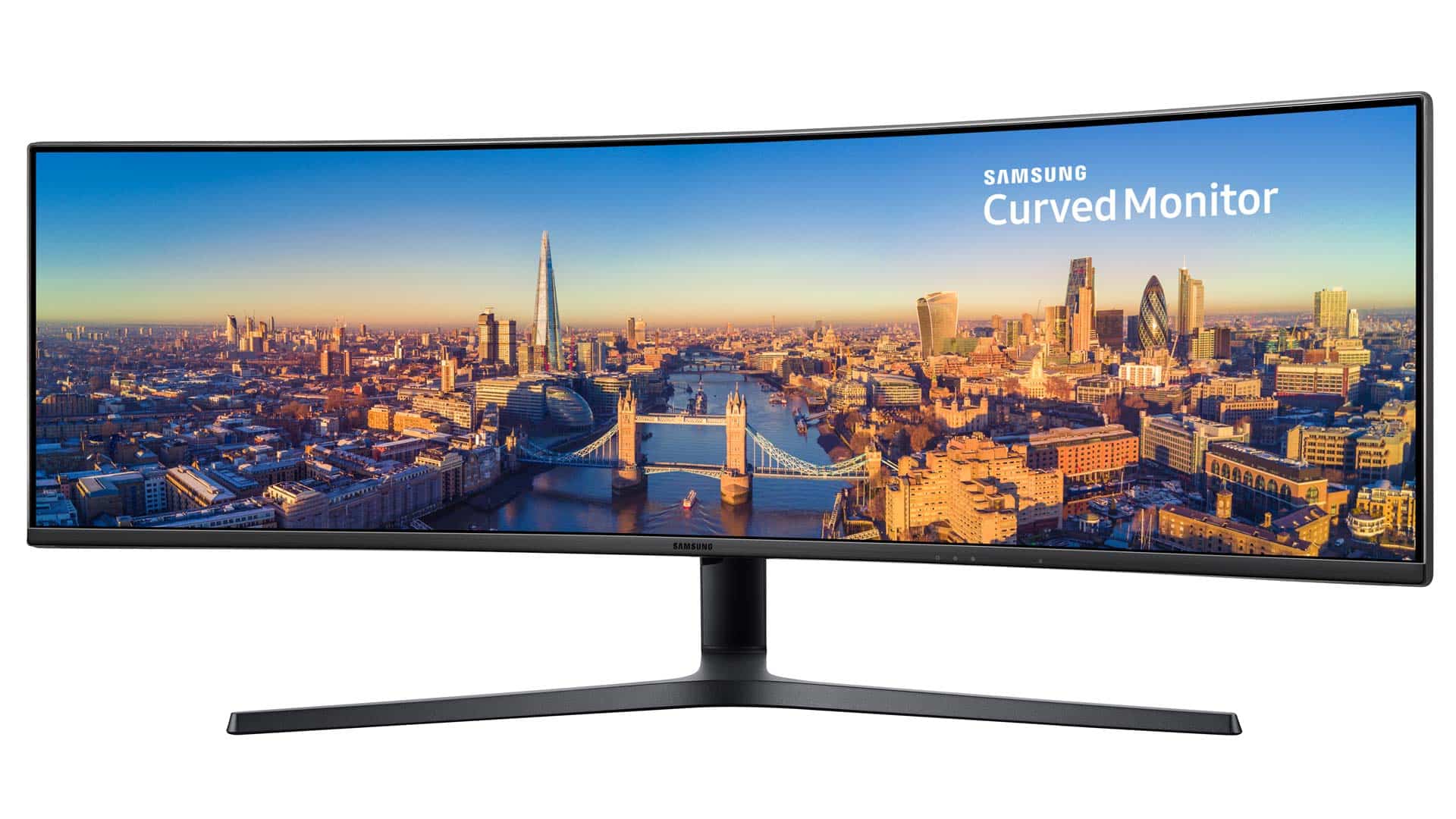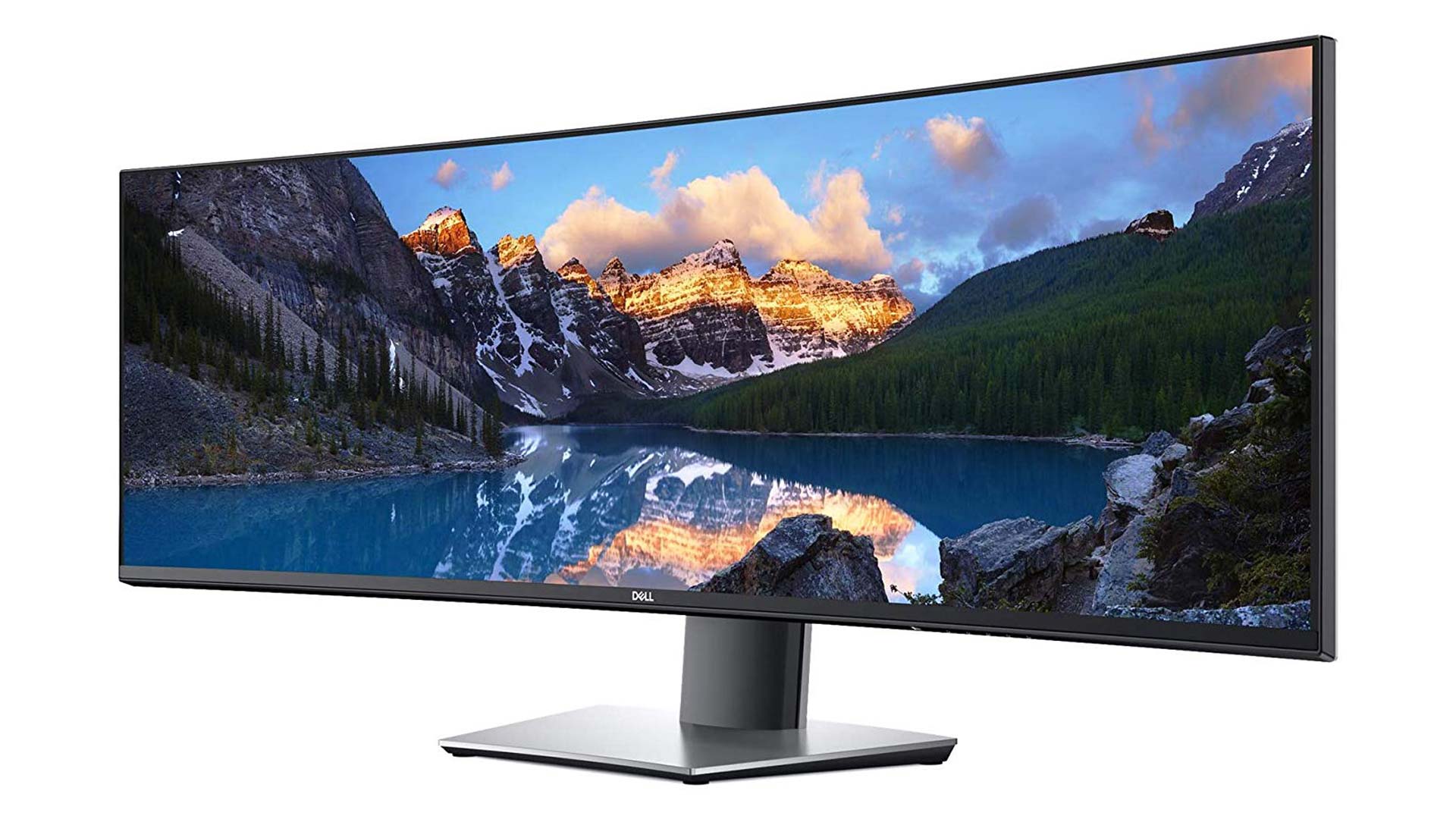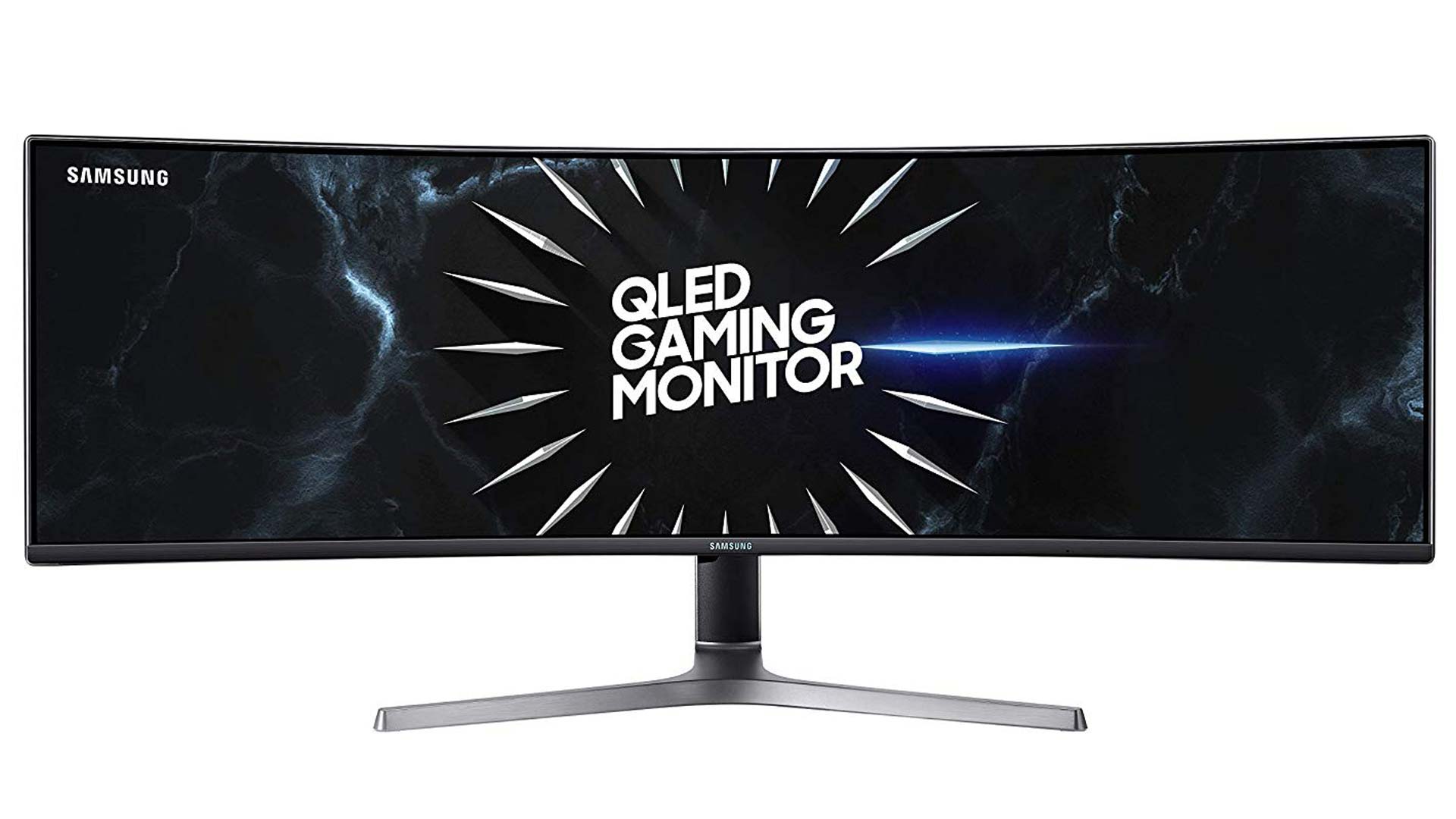As soon as you compare different monitors with each other, you come across the important screen property color space. This is the representation of colors, which can vary from monitor to monitor depending on the type of color space. But what is the reason for this? Which colour space does a gaming monitor need, for example? We would like to answer these and other questions at this point.
What is actually a color space?
The human eye is able to recognize a certain range of the electromagnetic spectrum in the range of 390 to 780 nm (nanometers) as colors. The range visible to the human eye is also called colour space. To visually simplify this complex subject, there is the XYZ colour system according to the Cambridge International Examinations (CIE). The diagram summarises the totality of all colours perceptible to humans. Another term for this is tristimulus colour space.
Which color spaces are important for monitors?
At this point we focus directly on the color spaces that a monitor can have. The colour space or gamut of a monitor indicates the extent to which it is capable of reproducing the natural colours of the given colour spectrum. The XYZ colour system also offers a good assistance here. In this system, special device-dependent color spaces are usually represented by a triangle. The larger the triangle, the better the colour fidelity and brilliance of the monitor! Among the best known standardized color spaces for monitors are
- NTSC
- sRGB
- Adobe RGB
- DCI-P3
sRGB color space
The sRGB color space was already developed by HP and Microsoft in 1998. The color space is considered the standard for color representation on the Internet and in desktop publishing. Another name for it is therefore standard color space. It is also supported by most cameras, scanners, printers and other peripherals. One of the advantages is certainly that the SRGB color space is the lowest common denominator for color representation. This means that one gets the same representation of an image independent from the device and there are hardly any colour deviations if peripheral devices and programs are sRGB-compatible. But it shows weaknesses in the representation of rich green tones.
Recommendation: All Super Wide Monitors cover the sRGB color space, some even up to 125%. This means that they can display considerably more colours than the standard specifies. Usually, this colour space is preset and is suitable for surfing and word processing. Image editing for private purposes or for social media activities is thus possible without any problems. For more demanding graphic or print publishing work, however, you should prefer other color spaces.
Adobe RGB
Everything that is printed out later and therefore has to be particularly true to color should be created on a monitor with Adobe RGB color space. This was developed in 1998 by Adobe Systems and is still considered the No. 1 colour space in the colour image and print processing sector. This is mainly due to the fact that the colour space is significantly larger than sRGB. Adobe RGB displays especially green tones better. Furthermore, the saturation of the colours is higher overall.
Recommendation: As soon as you create high-quality graphics and print templates on your Mac or PC and monitor, a monitor with the colour space Adobe RGB is mandatory.
NTSC
The abbreviation NTSC stands for National Television Systems Committee. The American television standard also defines characteristics such as resolution and frame rate. NTSC has a color space similar to Adobe RGB, but with slightly different coordinates in the XYZ color system.
Recommendation: Monitors with the NTSC colour space are required for colour-accurate video productions.
DCI-P3
With the introduction of the Retina Display on Macs, iPad and iPhone, Apple has brought the P3 color space from digital cinema production to the consumer market. The effect is most noticeable on smartphones and tablets: Colors are displayed much more vividly and vividly on these devices. If you now want to display image data as lifelike as possible on a monitor, you should fall back on so-called wide-gamut monitors with the DCI P3 color space. Like Adobe RGB, this colour space is characterised by particularly high colour fidelity. However, it has different coordinates (see XYZ colour system) for the green and red points. DCI-P3 makes it possible to display almost all colours found in nature. Such wide-gamut monitors are mainly used in professional image processing or in pre-press.
Recommendation: As soon as you want to professionally edit photos that you have photographed in RAW format, for example, or edit digital film productions on your monitor, the monitor should have the DCI-P3 colour space.
HDR – no colour space, but still important
Strictly speaking, HDR (High Dynamic Range) does not represent a separate color space. Nevertheless, raster graphics are important for the representation of colors and thus for the color resolution. In the HDR process, 10 bits or more are made available per colour channel (RGB). This produces a much higher dynamic range (difference between the darkest and brightest parts of the image).
Furthermore, the colour gradations between the colour transitions are much finer. For example, if you have a color gradient across the entire screen, small color bands or rings often become visible in standard displays. The reason for this is the insufficient resolution of the 8-bit representation.
Please note this: Your operating system and the graphics card in your PC must support HDR in order to enjoy HDR at all. An HDR monitor is not sufficient here.
In the product description of an HDR monitor the maximum brightness of the panel is given in candela per square meter (cd/m²). Alternatively, you will also find the designation nit there. HDR monitors have a specific maximum luminance. In general, a high value produces a particularly brilliant and high-contrast image.
Which factors can influence the colour space?
The quality of the colour representation is influenced by different things. The cause can be external or caused by the device itself. Good examples are:
Backlighting
Each LCD monitor has a backlight. For the optimal display of colours, even illumination of the panel is a prerequisite. High-quality monitors have a brightness control that compensates for the panel errors.
Dependence on the viewing angle
Depending on the viewing angle, you perceive the displayed colors and their brightness differently. That’s why 32:9 screens often have curved monitors to minimize the viewing angle error.
Calibration
High-quality Super Wide monitors offer the possibility of calibration. Thereby you can minimize possible color errors. There are models that regulate the adjustment via internal software. However, external calibration devices are better, as they are much more accurate. This ensures, for example, that printed images look exactly as they do on the monitor.
Last but not least: Do you need a separate monitor for each color space?
Of course not. Many monitors offer the possibility to select a specific colour profile or even to generate your own. This automatically sets the required color space. However, when you compare them, you will notice that especially high-quality monitors offer much more choices when it comes to color space. The same applies to calibration.
On the Internet you often come across the statement that a large color space is synonymous with high image quality. However, this turns out to be a misconception. Rather, the right colour space and the appropriate application are decisive for an optimal colour representation.
Example: As you have already experienced here, Adobe RGB has a larger color space for green tones. However, sRGB is the color space for the vast majority of applications and games on the PC. But if you use your monitor in Adobe RGB mode, you will be disappointed. For games, the vegetation appears much brighter. This affects the whole scenery and therefore your gaming experience.
So think about what you want to buy a Super Wide Monitor for before you go for the monitor with the most, greatest and best profiles and color characteristics.


